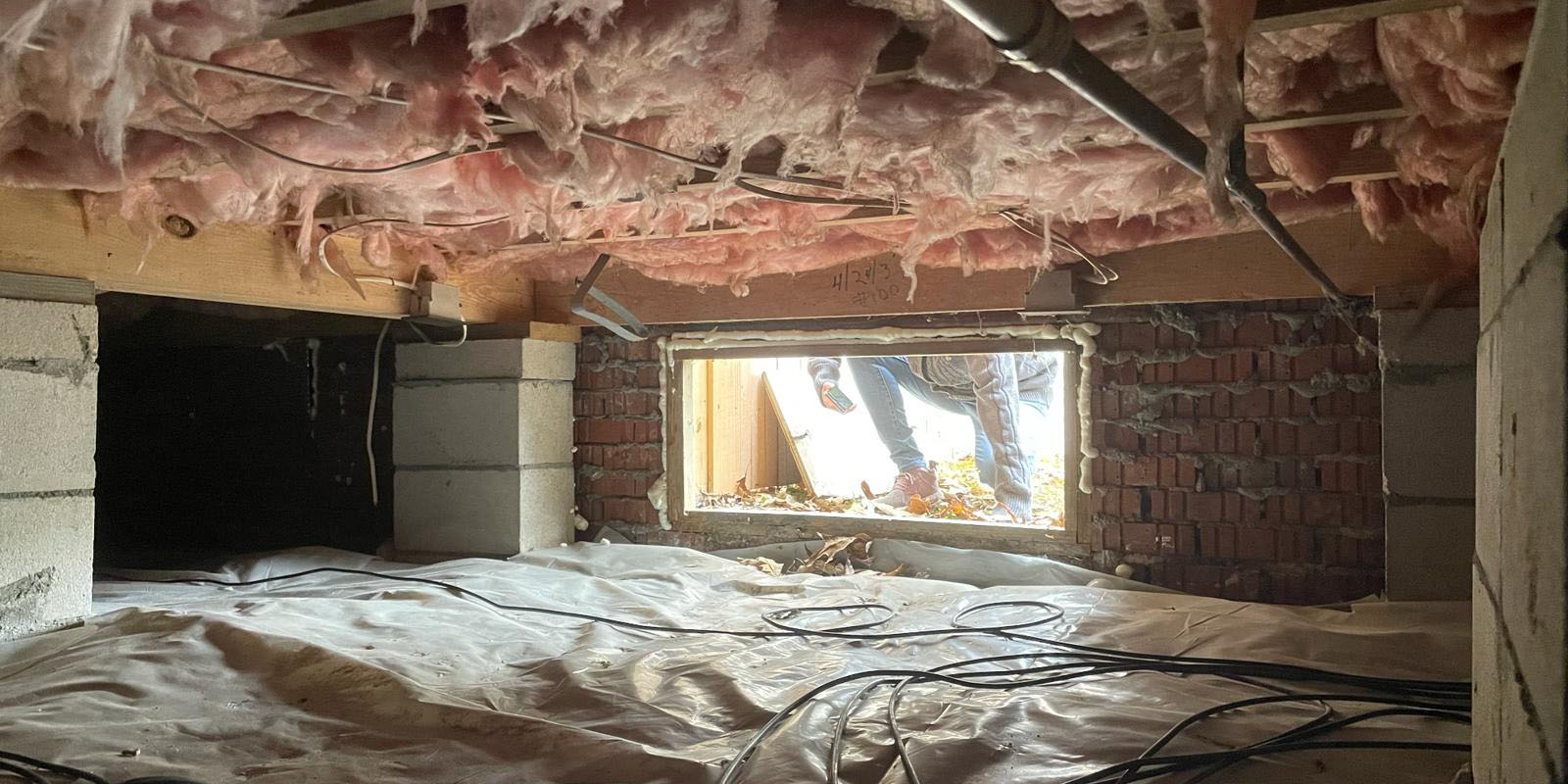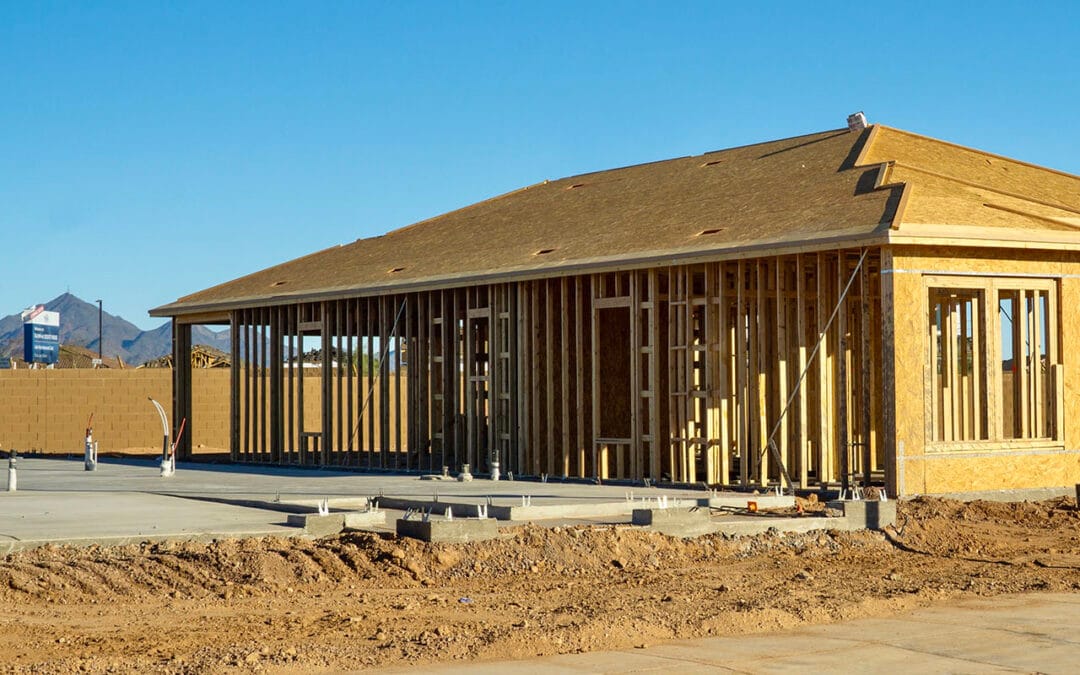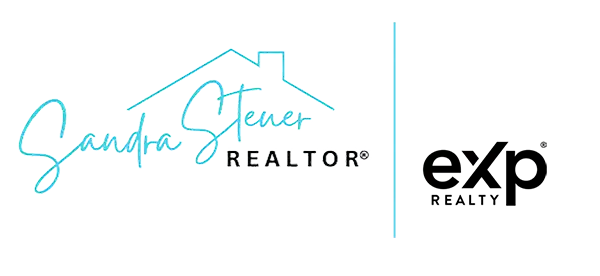Slab or Crawl Space: Which is Better for Your Home?
When it comes to choosing a foundation, the decision between slab or crawl space is critical and can have long-term impacts on your home’s structure, comfort, and maintenance needs. Whether you’re building a new home or considering an existing property, understanding the benefits and challenges of each option will help you make an informed decision. Let’s explore the pros and cons of both slab or crawl space foundations to help guide you toward the best choice for your home.
Crawl Space Foundations: Pros and Cons
A crawl space foundation is an elevated structure that provides a small area between the ground and the home’s floor. While this choice offers flexibility and some additional benefits, it also has its downsides.
Pros of Crawl Space Foundations
- Better Access to Utilities: One of the biggest advantages of a crawl space is the easy access it provides to your home’s plumbing, electrical, and HVAC systems. Should repairs or updates be needed, the crawl space allows for simpler and more cost-effective maintenance than a slab foundation, where access to utilities is much more restricted.
- Adaptability on Uneven Ground: Crawl spaces work well on uneven or sloped ground, as they allow the structure to be leveled above the natural terrain. This adaptability makes crawl spaces a smart choice in areas with high groundwater or challenging soil conditions, reducing the risk of moisture issues that can arise with other foundation types.
- Potential Storage Space: Crawl spaces offer a bit of extra room underneath the house, which can be useful for storing items like garden tools or outdoor gear. Some homeowners even choose to partially finish their crawl space to use it as an additional functional area, though it’s essential to maintain proper ventilation to avoid moisture buildup.
Cons of Crawl Space Foundations
- Increased Cost and Maintenance: Crawl spaces tend to be more costly to construct than slab foundations. They also require regular maintenance to prevent moisture-related issues. Without adequate waterproofing and insulation, crawl spaces can lead to humidity problems, which may attract pests and mold. Periodic inspections are essential to maintain the integrity of the foundation.
- Energy Efficiency Concerns: Without sufficient insulation and ventilation, crawl spaces can be less energy-efficient, potentially increasing heating and cooling costs. In colder climates, an uninsulated crawl space may contribute to heat loss, which impacts indoor comfort levels and energy expenses.

Slab Foundations: Pros and Cons
A slab foundation is a flat concrete pad that sits directly on the ground, providing a solid and cost-effective base for your home. While slab foundations are popular for their simplicity, there are some limitations to consider.
Pros of Slab Foundations
Cost-Effective and Faster Construction: Slab foundations are generally more economical to build compared to crawl spaces, as they require less labor and material. This can be particularly advantageous for new home construction where time and budget are important factors.
Reduced Risk of Pests and Moisture Problems: Because a slab foundation sits directly on the ground, there is no crawl space for pests to inhabit. Additionally, slab foundations are less susceptible to moisture accumulation, reducing the likelihood of mold and mildew issues. This is particularly beneficial in humid climates, where moisture control is essential.
Energy Efficiency: Modern slab foundations are designed to be energy-efficient, with insulation that can minimize heat loss. This insulation helps maintain stable indoor temperatures and can contribute to lower energy costs, particularly in warmer climates.
Cons of Slab Foundations
Limited Accessibility for Repairs: One of the downsides of slab foundations is the limited access to plumbing and electrical systems. If any issues arise with utilities under the slab, repairs can be complex and costly, as they often require breaking through the concrete to reach the problem areas.
Potential Comfort Issues in Cold Weather: In colder climates, slab foundations can make floors feel colder, which might be uncomfortable for some homeowners. Installing additional flooring insulation or heated flooring can help mitigate this, though these solutions can increase costs.
Making the Right Choice: Slab or Crawl Space?
Choosing between a slab or crawl space foundation requires careful consideration of your property’s specific conditions, climate, and your own priorities. For instance, if you live in a humid or pest-prone area, a slab foundation may offer the benefit of reduced maintenance. However, if you anticipate needing regular access to plumbing or live on uneven terrain, a crawl space might be the more practical choice.
Working with a knowledgeable real estate advisor can provide you with additional insights and help you assess which foundation type aligns best with your goals. As your real estate guide in North Carolina, I’m here to help you understand these aspects and support you in making a well-informed decision.
Conclusion
The decision between a slab or crawl space foundation has a lasting impact on your home’s comfort, energy efficiency, and maintenance needs. Whether you’re building a new home or evaluating an existing property, understanding the pros and cons of each foundation type ensures you’re making the best choice for your long-term satisfaction.
If you have questions about foundations or other aspects of home buying, feel free to reach out, or explore more on our Services page. Let’s find the ideal foundation for your dream home together!


